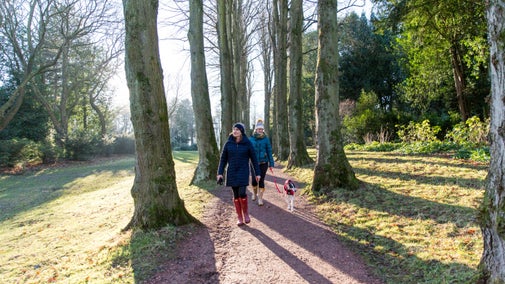
Discover more at Nunnington Hall
Find out when Nunnington Hall is open, how to get here, the things to see and do and more.
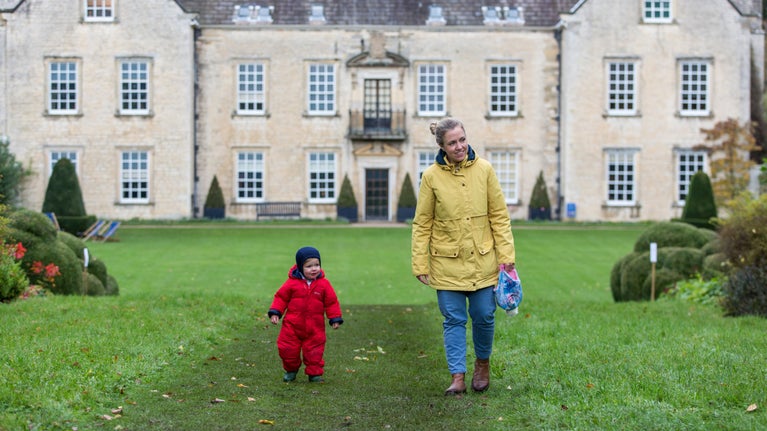
The organic gardens at Nunnington Hall are the perfect place to enjoy some peace and quiet. Peaceful hidden spots, colourful peacocks and colourful flowers offer a great day out.
As the garden moves from the vibrant colours of summer, through the yellow and oranges of autumn, the garden slows down into mid-winter. Visiting at this time of year, gives a great opportunity to see the bare-bones infrastructure of the garden, with formally shaped Yews and the symmetry of borders and paths.
We leave plant stems and seedheads in place throughout the borders for habitat for overwintering insects such as ladybirds. These stems and seedheads provide architectural infrastructure over the dormant period, and they help create seasonal atmosphere as they become connected by cobwebs, covered in twinkling dew drops, and then bejewelled in sparkling frost as the nights become colder.
There’s winter colour still to be found with plants such as Mahonia, Christmas Box (Sarcococca), Hellebores, Dogwood and Rosehips, with Snowdrops and Winter Aconites appearing later, as the early harbingers of spring.

Keep your eyes peeled for last season’s birds’ nests in the leafless shrubs while robins, blackbirds, peacocks, and squirrels are rummaging through the fallen leaves looking for some well needed winter food supplies. The ivy on the trees is providing a much-valued late nectar source for insects.
As the leaves disappear from the trees, we see more of the river meandering through the garden which affords us increased sightings of otters as they feed and play.
The garden sits alongside the River Rye which hosts a great deal of wildlife. Spend a while by the river and you may just catch a glimpse of brown trout, otters, kingfishers and swans.
In spring 2025, we completed a project at Nunnington Hall to reimagine the Iris Garden, one of the few historical gardens remaining at the property. Sit around the pond, next to sulpture and see the every changing planting around you. There's an iris set to flower every month of the year... subject to the Yorkshire weather of course.
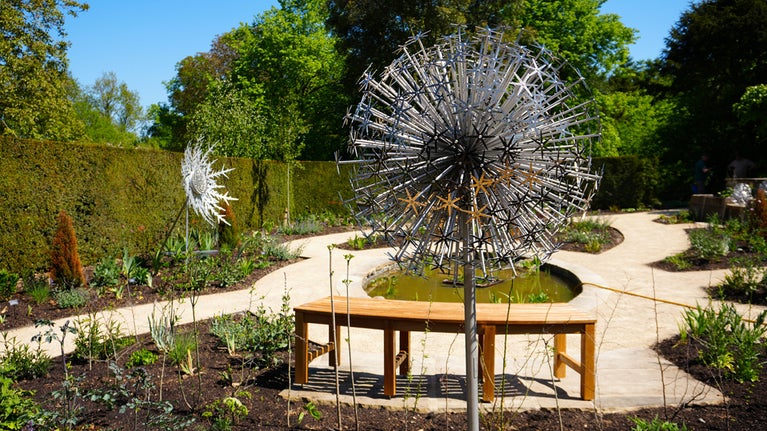
The garden has been managed fully organically since 2002, reviving traditional horticultural methods while also embracing modern techniques and technology. You can see much of this work in practice as you explore the garden. This includes such things as a four-bay composting system, a wormery, fruit cages and an organic vegetable patch.
Each year sheep fleece is packed around the base of young fruit trees which acts as an organic mulch. Not only does it suppress the weed growth and help the soil to retain moisture, but slowly releases nutrients directly to the tree roots as the fleece decays. Additionally, the birds, mice and bumblebees enjoy the opportunity of collecting luxurious bedding for their nests.
The garden is fully accessible for all visitors with gravelled paths and grassed slopes.

Find out when Nunnington Hall is open, how to get here, the things to see and do and more.

Nunnington Hall is a Royal Horticultural Society (RHS) partner garden. RHS members can visit for free any day the garden is open. Free entrance is for members only and you will need your RHS membership card on the day.
Find out how to make the most of your visit with your dog at Nunnington Hall, including where you can take them and what facilities are available. Nunnington Hall is a one pawprint rated place.

Thanks to a legacy gift, a historic part of the garden has been re-imagined for today's visitors. See how the project took shape culminating in over 500 irises in among sculptural structures. An area not to be missed during your visit.
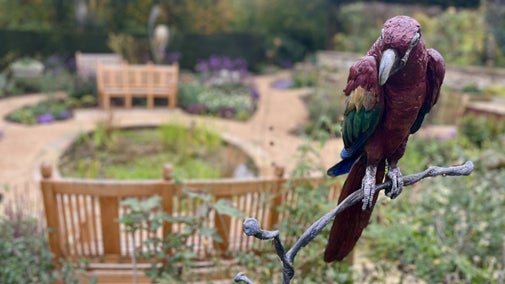
This circular walk takes you through Nunnington village and up to Caulkleys Bank, with impressive views north and south, before continuing along the scenic River Rye.

A dwelling is recorded here since 1249, but the current house grew out of a Tudor Hall. Over 450 years the house has been altered to create an atmospheric and comfortable home.

Make a day of it and refuel in the tearoom, located within the historic house with views across the garden, or head to the walled tea gardens to relax on the riverbank. Treat yourself to a delicious scone, tasty soup or freshly prepared lunch.

There's plenty for all of the family to do on a visit to Nunnington Hall. From art exhibitions to games, crafts and more, including our Lion's Den play area.
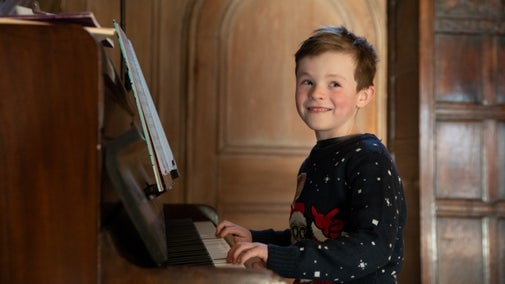
Find out all you need to know about the roles we offer at Nunnington Hall, from story sharing to helping in the garden, and hear some thoughts from some of the volunteers themselves.

Enjoy Yorkshire's winter gardens and parks, from the landscaped views at Fountains Abbey, to the gardens within a garden at Wentworth Castle Gardens, pathways and borders at Nostell, and the Mediterranean Garden at Beningbrough.
